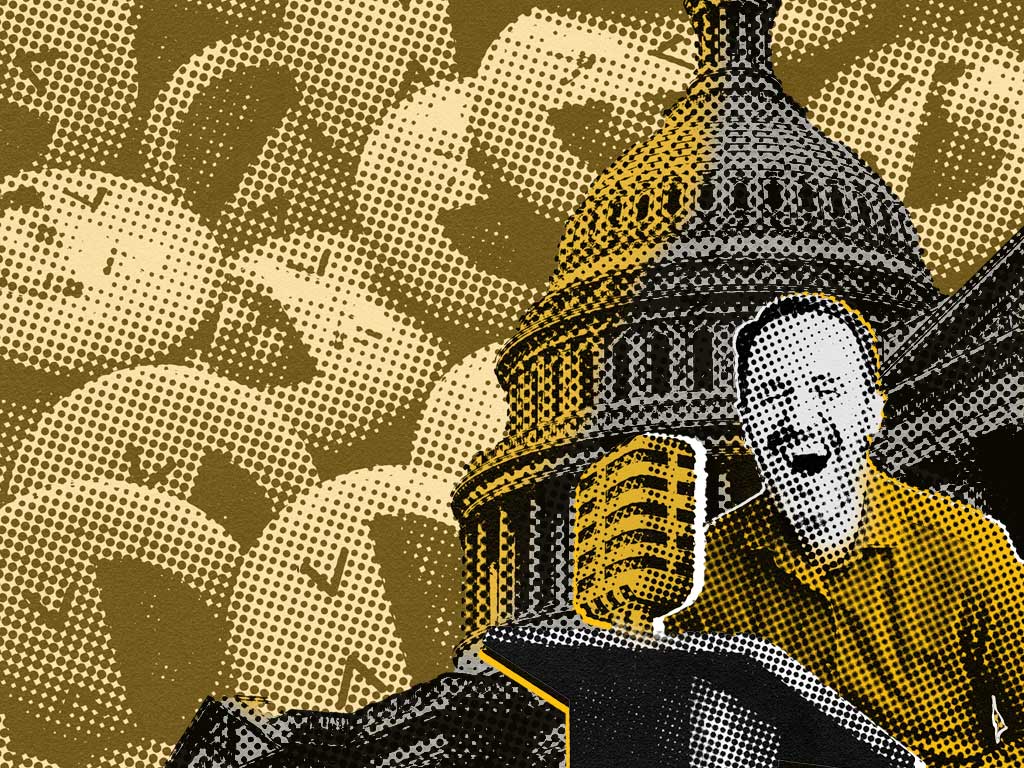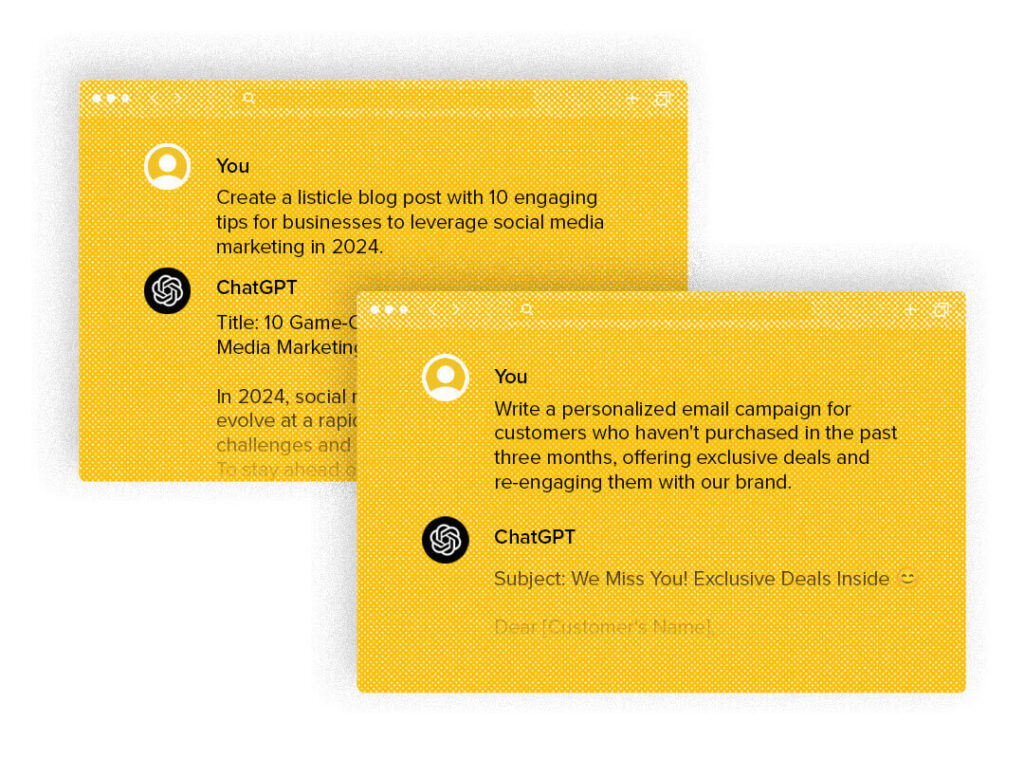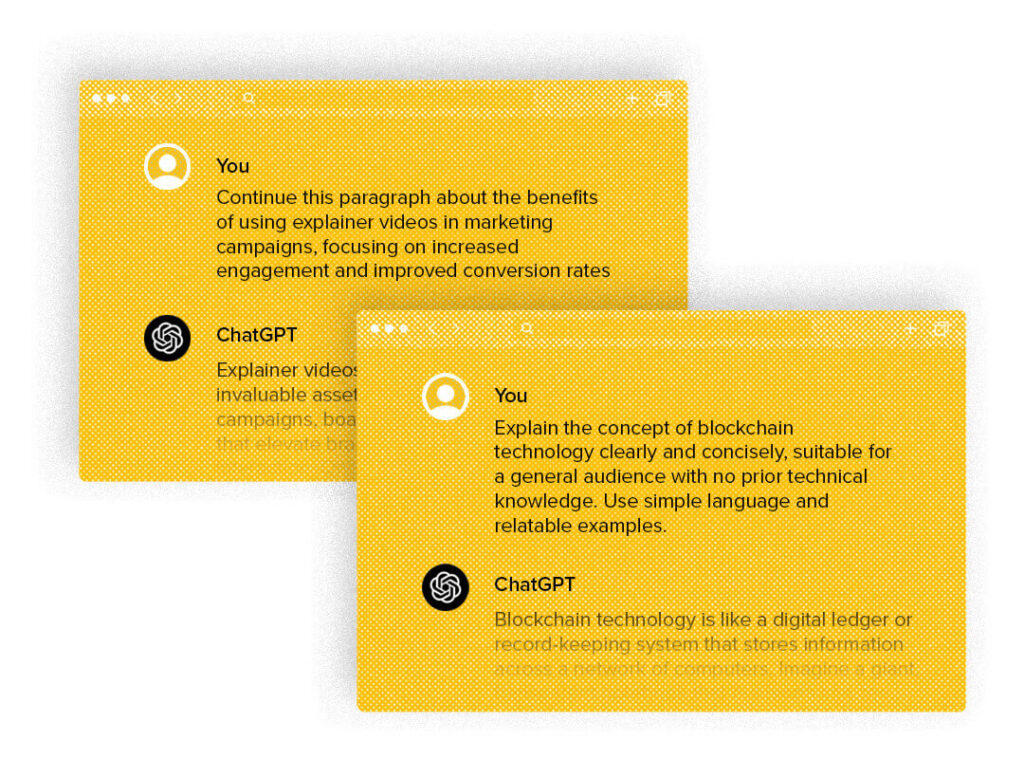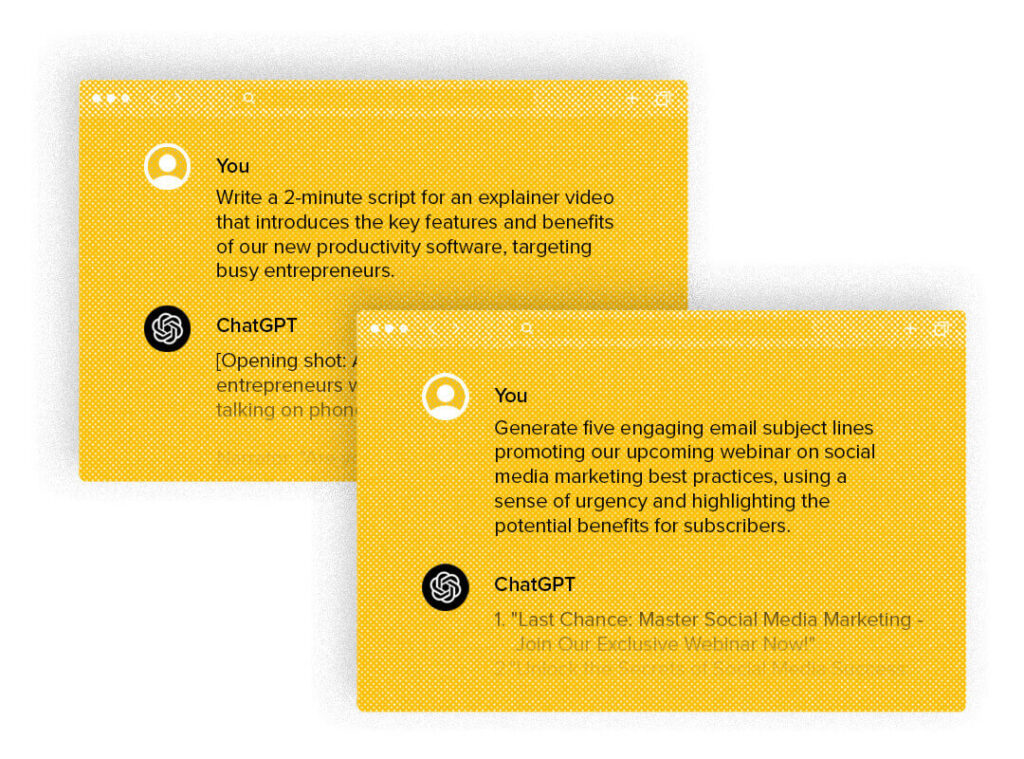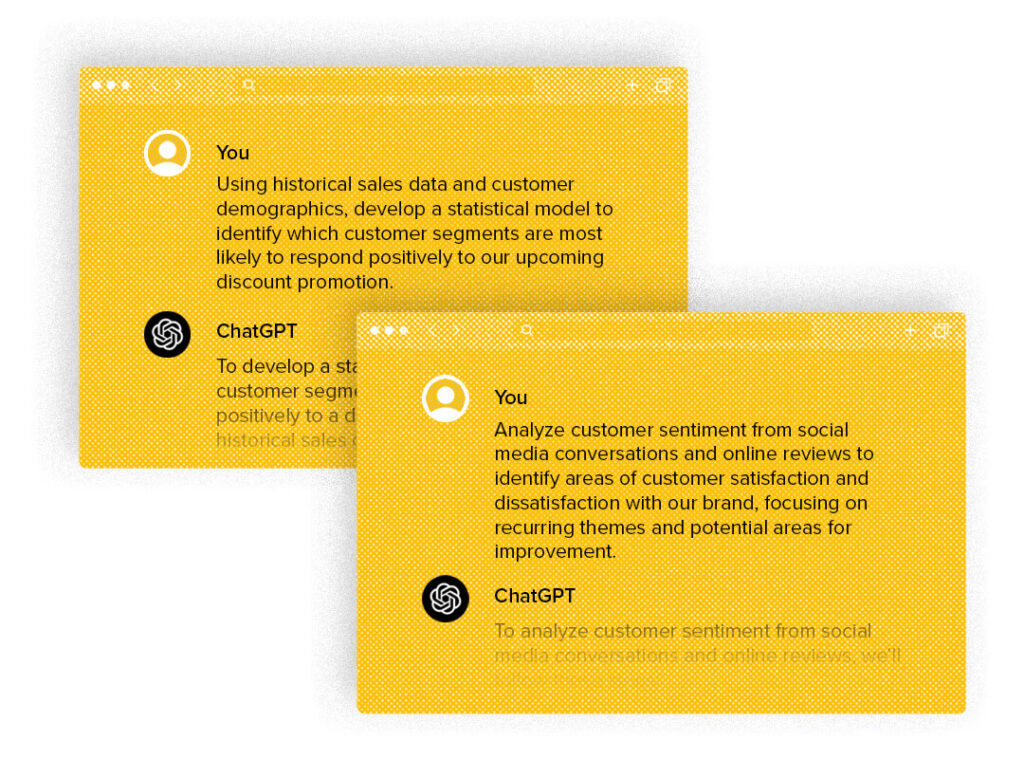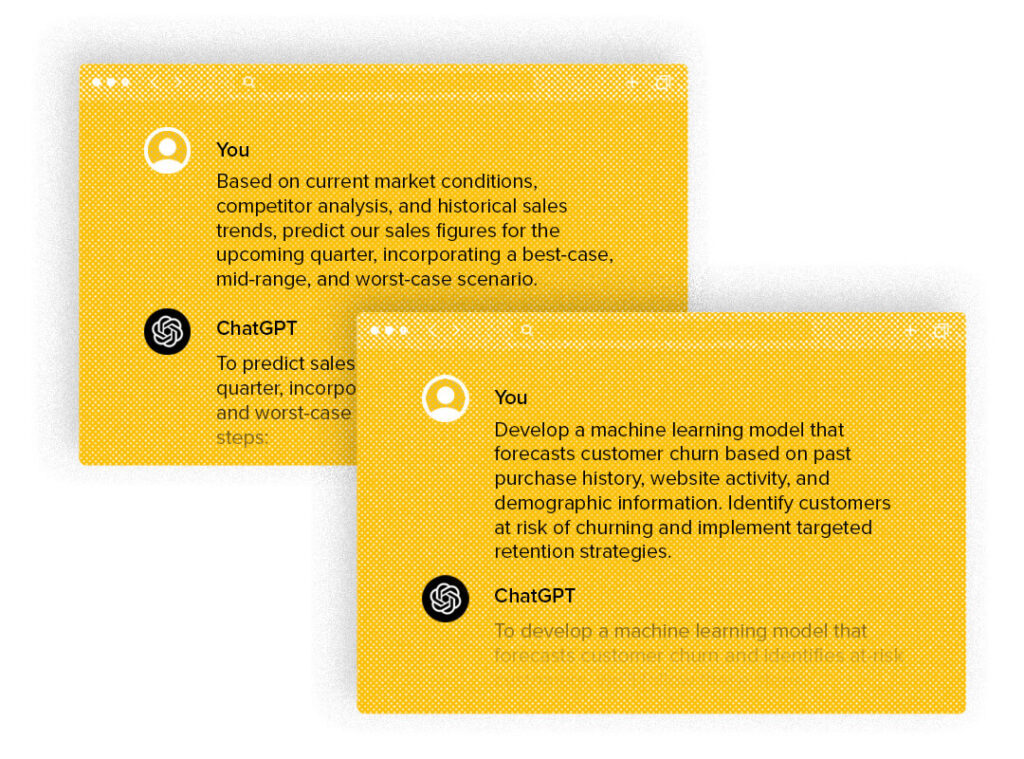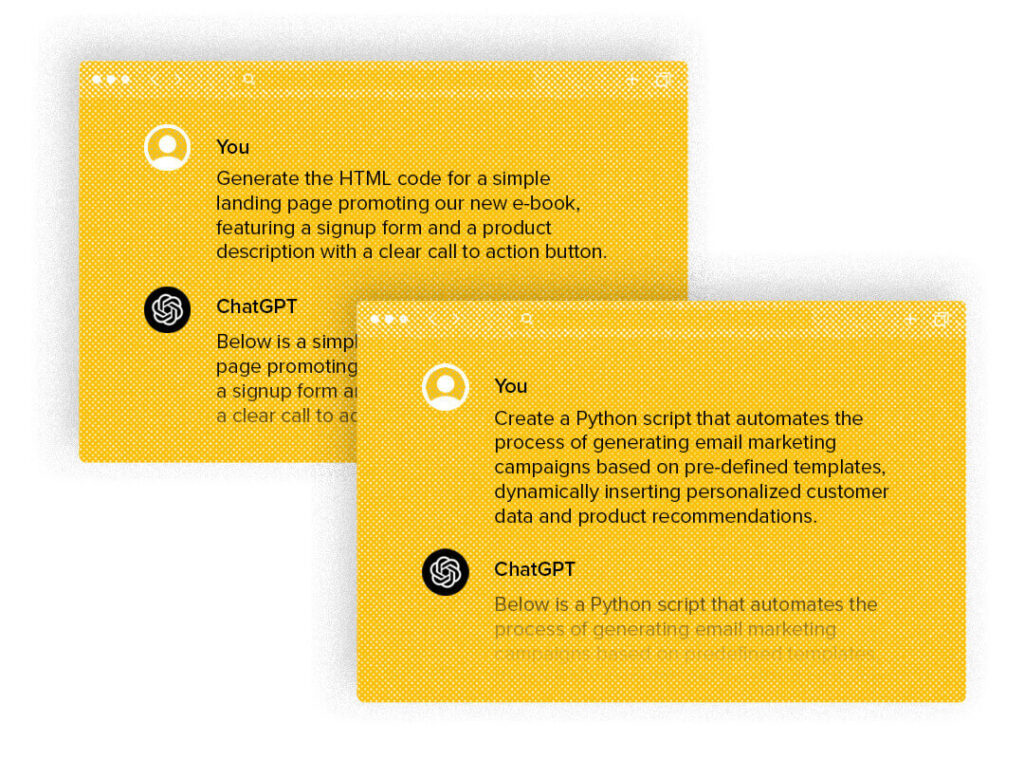The way consumers interact with brands has undergone a significant transformation with the growing popularity of social ecommerce. This emerging form of shopping allows consumers to explore products and complete transactions through social media while creating a more engaging consumer journey and presenting new opportunities for brands to capture consumer interest. What once served as platforms for sharing photos, connecting with friends, and staying updated on the latest trends have now transformed into dynamic marketplaces where users can seamlessly transition from liking a product to making a purchase, all within the same app.
The emergence of social ecommerce
Online shopping has seen substantial growth thanks to the swift expansion of social ecommerce. Global regions like China are setting the social ecommerce bar high for all brands by hosting 2-hour live shopping experiences on Tik Tok, and by creating augmented reality (AR) lenses on Snapchat that allow social shoppers to “try-on” items and share with friends. These sales-generating trends have illuminated a social shopping opportunity that the US has begun to emulate, leading to an increase of social shopping. McKinsey estimates that by 2025, social commerce in the US will have generated about $80 billion in sales (up from $37 billion in 2021) and global sales will have exceeded $2 trillion.
Social platforms such as Pinterest, Instagram, TikTok, YouTube, Twitter, and Snapchat have integrated social ecommerce capabilities into their user experiences. Instagram’s ecommerce shop feature is essentially a storefront housed inside of the platform, making it easier for consumers to find and buy things featured in their feeds by enabling businesses to tag products in their posts and stories. In a similar vein, TikTok has debuted shoppable livestreams, which enable brands to showcase their goods in real time and enable instant transactions. This in turn allows customers to communicate with content creators directly during the live streams so they can ask questions about the featured products. This convenience creates a better customer experience that drives incremental sales.
Customer behavior and mobile-first shopping
The popularity of mobile shopping is another element fueling the expansion of social ecommerce. Through the use of mobile phones, consumers can link directly and immediately to brands, which in turn enables personalized recommendations as well as targeted ads and real-time promotions. Social media platforms are internet marketplaces where users can explore products, read reviews, or even interact with different brands in a single interface. Basically, social media apps have made it very easy for people to browse, share, and buy products, making shopping more accessible and convenient than ever before thereby completely changing the retail landscape. With social media platforms evolving to become more mobile-friendly and creating mobile-first experiences through their apps, the influence of mobile shopping is expected to further accelerate, shaping the future of ecommerce.
Blurring boundaries: Content and social ecommerce strategy
In the contemporary digital world, remarkable social media content is critical in creating interest, user engagement, and subsequent purchases. Top-tier content incorporates helpful visuals, enlightening videos, and captivating product stories that go beyond basic product descriptions and feature lists to forge emotional bonds with customers. This blend is crucial for grabbing user attention and fostering trust. Leveraging targeted messaging, product tagging, and in-app showcases, brands can bring their offerings to life, highlighting their distinctive value propositions while tackling consumer concerns head-on. Additionally, user-generated content, plus real-life testimonials, helps boost credibility and influence purchasing choices made by consumers. Great social media contents enable brands to develop close relationships with customers, thus enhancing brand loyalty as well as conversion rates all through the immersive world of social ecommerce.
Know your customers: Social shopping by generation
It is important to note that each generation views and utilizes social media shopping differently. Hubspot compiled data on generational shopping habits over a three-month period and unveiled how each generation shops on social media platforms, which can be used to inform marketing strategies. According to Hubspot, Gen Z, Millennials, and Gen X exhibit more enthusiasm for shopping via social media platforms compared to Baby Boomers. Gen Z takes the lead with 23%, closely followed by Millennials at 21%. In contrast, Gen X accounts for 13%, while Baby Boomers lag significantly behind at 3%. Among those interested in online shopping, 28% of Gen Z and Millennials have made direct purchases through social media, with 18% of Gen X also participating, whereas only 4% of Boomers engage in social shopping.
Gen Z is dominating the realm of social shopping. This is probably in part because they grew up in such a technologically advanced era. This generation is using social media platforms as search engines in order to discover brands and their shopping behavior indicates that though they are buying fewer items, they are buying items with a high value. For all generations, posting high quality content on organic and paid social media channels, setting up social media storefronts, and tagging products are great ways to build trust, especially with the Millennials, Gen X, and Baby Boomers who browse but do not always commit to making a purchase on social platforms. It’s important to remember that even if social ecommerce isn’t the preferred channel for transacting purchases, it can be an important part of the path to purchase in other channels. So a good social ecommerce strategy is cross-generational.
Challenges and considerations for brands
Social ecommerce, the amalgamation of social media and ecommerce, represents a dynamic frontier for brands seeking innovative ways to connect with consumers and optimize their marketing strategies. As with any new frontier, there will be both opportunities and bumpy roads ahead.
Through data analytics and tracking tools embedded in social platforms, social ecommerce provides valuable insights into consumer behavior and preferences for brands. This information includes user interactions and engagement patterns as well as purchasing history that can help companies identify opportunities for improvement. Effective businesses will often use this data to segment their target audience so they can deliver content that has been personalized to meet individual tastes and wants. As a result, businesses develop stronger customer relationships resulting in brand loyalty.
However, despite its promises, social ecommerce also presents a range of challenges. One significant hurdle is the saturation and competitiveness of social media platforms, which makes it difficult for brands to cut through noise and attract consumer attention. One way for brands to do this is by doubling down on personalization to ensure relevance and increase the likelihood of grabbing consumers’ attention. Additionally, ever-changing algorithms adopted by different networks together with rules governing advertising create another, requiring companies to continuously realign their tactics. One potential solution is for brands to focus on building a strong foundation for their marketing strategy. This may include:
- Diversifying advertising on social platforms: This can help mitigate the impact of sudden algorithm changes on any single platform.
- Audience engagement: Actively engaging with the audience on social media can help brands build a strong community that will continue to engage with their content regardless of algorithm changes, mitigating the impact.
- Analytics and data: Regularly analyze advertising data and performance by conducting A/B testing to understand what strategies are most effective. This data-driven approach can help you optimize your tactics in response to algorithm changes.
Moreover, privacy concerns and data security issues are paramount considerations in the realm of social ecommerce. When collecting consumer information for personalization purposes, transparency, consent, and data protection must be observed to maintain consumer trust and compliance with regulatory requirements. If not properly addressed, these issues can not only damage the reputation of a brand but also lead to legal implications. Brands that wish to use social ecommerce should therefore put in place strong data governance practices and ethical principles so that they may protect consumer privacy while enhancing trust with consumers.
Read more: Is SEO the secret to social media success? It could be.
Even though there are numerous opportunities for brands to foster engagement and sales through social ecommerce, marketers must exercise strategic, holistic approaches that consider both opportunities and potential obstacles.
Embrace the social media shopping revolution
The emergence of social ecommerce signifies a paradigm change in the way companies interact with customers and conduct online sales. Marketers can turn their feeds into dynamic markets that increase engagement, encourage loyalty, and increase revenue by utilizing social media’s power and embracing social shopping technologies. With the boundaries between social media and ecommerce becoming increasingly hazy, the future of shopping is in our hands as our feeds transform into virtual marketplaces.
Are you ready to grow your strategy for marketing? Get in contact with us, and together, we can begin converting your social feed into a dynamic marketplace that drives results.


